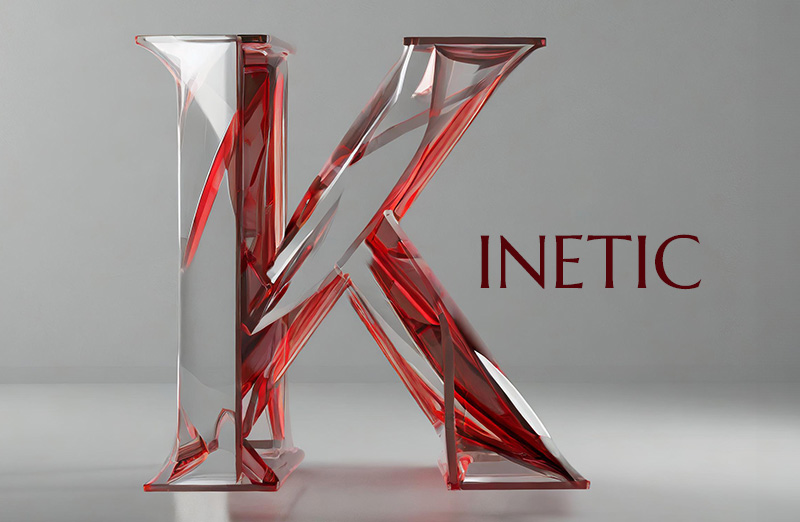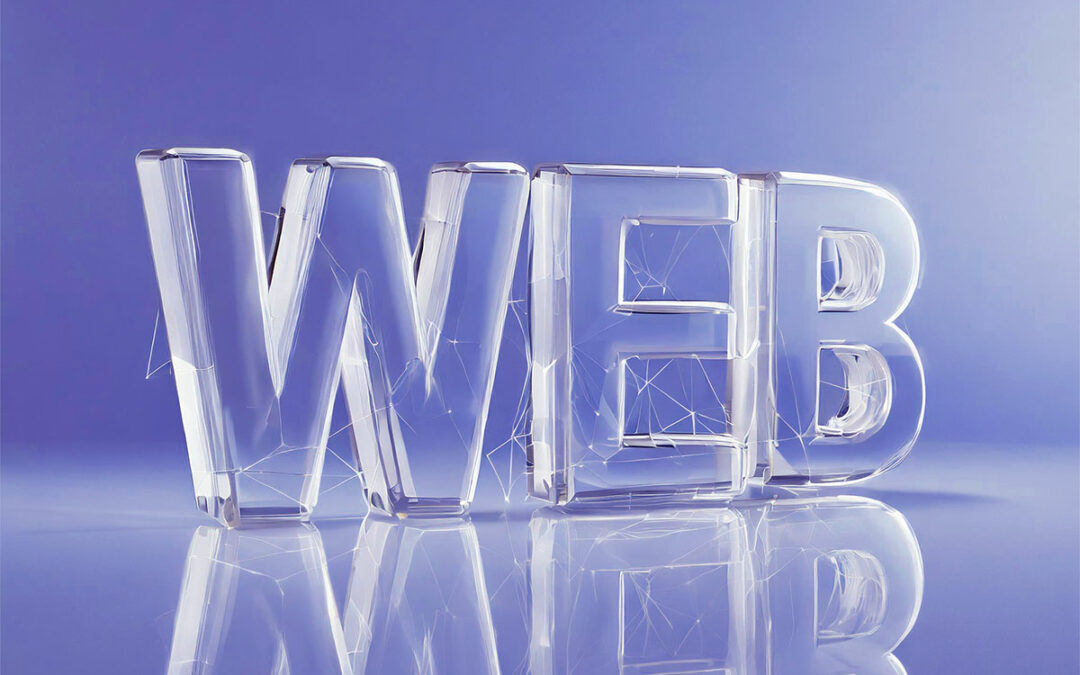Within the ever-evolving world of web design, web innovation constantly propels creativity forward. One particularly noteworthy trend gaining momentum in recent years is the widespread adoption of kinetic typography. This avant-garde design approach breathes vitality into static text, transforming it into a dynamic and captivating element that deeply engages audiences. Embark with us on a journey as we delve into the enchantment behind kinetic typography and explore the transformative impact it can have on your website and SEO rankings.
What is Kinetic Typography
Kinetic typography, alternatively referred to as “kinetic type” or “text animation,” represents an animated form of text that transcends the constraints of traditional static typography. It involves the manipulation of text elements to introduce fluid movement, infusing words with life through an array of animations, transitions, and effects. The primary objective is to convey messages in a visually appealing and interactive manner.
Dynamic Expression of Web Fonts
An inherent advantage of kinetic typography lies in its ability to dynamically convey emotions, tone, and context. Through the strategic animation of text elements, designers can imbue content with an additional layer of expressiveness, rendering it more impactful and memorable. Whether employing a subtle fade-in, an energetic bounce, or a dramatic cascade, the motion enhances the core message, captivating the viewer’s attention.
Enhancing Storytelling with Type
Kinetic typography emerges as a potent storytelling tool, granting designers the ability to craft narratives in ways unattainable with static text alone. By strategically incorporating animations, designers guide the viewer’s focus, emphasise key points, and seamlessly weave a narrative flow. This imparts a cinematic quality to web design, transforming the user experience into a visually captivating journey.

User Engagement and Web Interactivity
In an era where user engagement takes precedence, kinetic typography offers an interactive and immersive experience. Users are drawn into the content as they witness the text coming alive on the screen. The dynamic nature of kinetic typography encourages users to linger on a website, amplifying the likelihood of message retention and fostering increased user interaction.
Technical Aspects of Kinetic Type
Implementing kinetic typography demands a harmonious blend of creativity and technical proficiency. Web designers employ a combination of HTML, CSS, and JavaScript to orchestrate animated sequences. The precision in timing, speed, and choreography of text elements plays a pivotal role in delivering a seamless and visually appealing user experience.
Inspiration from Real-world Examples
Countless websites and digital campaigns have embraced kinetic typography to craft memorable user experiences. From product presentations to promotional videos, the versatility of kinetic typography knows no bounds. Brands and designers alike leverage this dynamic approach to distinguish themselves in the ever-evolving digital landscape.
Conclusion
As the digital landscape continues to evolve, kinetic typography emerges as a captivating and dynamic tool for web designers. Its unique ability to breathe life into static text, convey emotions, and enhance storytelling positions it as an invaluable asset for those seeking a lasting impact. Whether you’re a designer exploring new horizons or a user navigating the web, remain vigilant for the mesmerising world of kinetic typography – a realm where words dance, and stories unfurl with every pixel.

